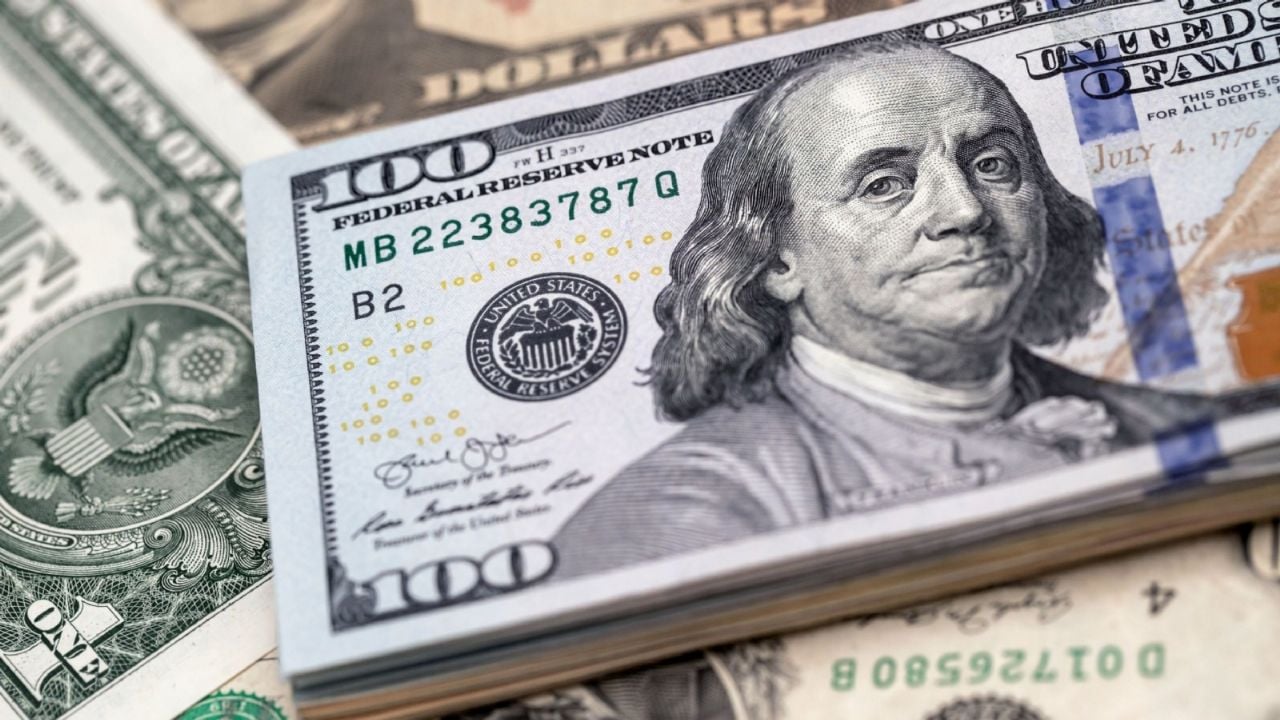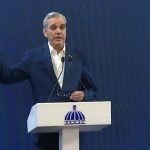The quote of the dollar in the fourth week of July, both in the official and parallel markets, reflects the complex economic situation of the country. The high volatility of the blue dollar and the significant exchange rate gap are indicative of the distortions in the exchange market and the lack of confidence in the local economy.
To address these challenges, it is crucial that the government implements coherent and sustainable economic policies that address the underlying causes of inflation and exchange rate instability. One of them was the easing of the dollar and its well-known trap.
He dollar The official exchange rate, which is the exchange rate controlled by the Central Bank of the Argentine Republic (BCRA), closed the week at $946.50 for purchase and $906.50 for sale.This exchange rate is used primarily for regulated commercial and financial transactions.
The quote of the dollar The official rate is directly influenced by the government’s monetary policies. Meanwhile, the blue dollar, also known as the parallel dollar, closed the week at $1,430.00 for purchase and $1,450.00 for sale.

This exchange rate is used primarily in unofficial transactions and reflects market perception of the Argentine economy, as well as the demand for dollars by citizens seeking to protect their savings from inflation and devaluation.
Economic expectations and confidence in the country’s stability influence the price of the dollar blue. If investors perceive risks or uncertainty in the Argentine economy, they may prefer the blue dollar as a safe haven.

Factors
Factors such as inflation, public debt, fiscal policies and elections also affect the gap between the two exchange rates. The government can impose restrictions on access to the official dollar to prevent capital flight or devaluation of the local currency.
These measures may generate greater demand for dollar Restrictions, such as those under the famous cepo, may include limits on the purchase of dollars, taxes on foreign exchange transactions and banking regulations.


















